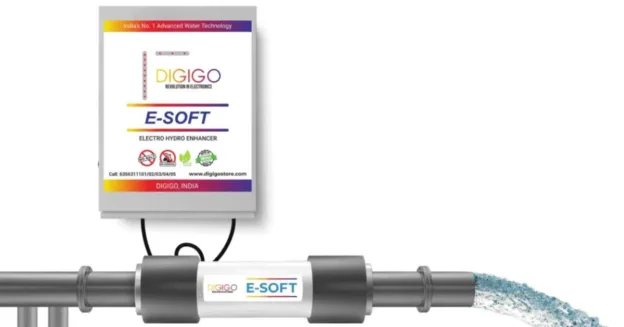Reverse Osmosis (RO) water purifiers are popular in India, especially in areas with high TDS (Total Dissolved Solids) levels. They promise clean, safe drinking water, but are they always the best choice? While RO systems have their benefits, there are several disadvantages that Indian households should consider before investing. This blog explores the key Disadvantages of RO systems and offers insights into making informed decisions for your family’s water needs.
Disadvantages of RO systems
1. Significant Water Wastage
One of the biggest disadvantages of RO systems is the amount of water they waste. For every litre of purified water produced, an RO system can waste 3-4 litres, depending on the model and water quality. In a country like India, where water scarcity is a growing concern, this level of wastage is alarming. For a family of four using 10 litres of drinking water daily, up to 40 litres of water could be wasted every day. This not only increases your water bill but also puts unnecessary pressure on local water resources.
2. Removal of Essential Minerals
RO systems are highly effective at removing impurities, but they also strip water of essential minerals like calcium and magnesium. These minerals are vital for health, supporting bone strength, heart function, and overall well-being. In India, where dietary deficiencies are common, relying solely on demineralised RO water can worsen health issues over time. Some modern RO systems come with mineral boosters, but they may not fully compensate for the natural minerals lost during purification.
3. High Maintenance Costs
Owning an RO system comes with recurring expenses. The filters, membranes, and other components need regular replacement, often every 6-12 months, depending on usage and water quality. In India, where groundwater can have high TDS or contaminants, these replacements can be frequent and costly. Additionally, professional servicing is often required, adding to the overall expense. For middle-class Indian families, these costs can strain budgets over time.
4. Slow Purification Process
RO systems typically have a slow purification rate, producing only a limited amount of water per hour. This can be inconvenient for larger Indian households or during peak usage times, such as when hosting guests. While some models include storage tanks, they take up space and may not always meet high demand. If the tank runs dry, you’ll need to wait for the system to purify more water, which can be frustrating.
5. Environmental Impact
The environmental footprint of RO systems is another concern. The large volume of wastewater produced often goes down the drain, contributing to water depletion. Additionally, discarded RO filters and membranes add to plastic waste, which is a growing problem in India. For eco-conscious households, this makes RO systems less appealing compared to other purification methods that are more sustainable.
6. Not Suitable for All Water Types
RO systems are designed for water with high TDS levels (above 500 ppm), commonly found in borewells or municipal supplies in certain Indian cities. However, if your water source has low TDS (below 200 ppm), such as rainwater or some municipal supplies, RO purification is unnecessary and wasteful. Using an RO system in such cases removes beneficial minerals without providing significant purification benefits, making alternatives like UV or UF systems more appropriate.
7. Dependency on Electricity
Most RO systems require electricity to operate, which can be a challenge in areas with frequent power cuts, common in many parts of India. Without a backup power source, your family could be left without access to purified water during outages. This dependency adds another layer of inconvenience, especially in rural or semi-urban areas.
Conclusion: Are RO Systems Right for You?
While RO systems are effective for specific water conditions, their disadvantages—like water wastage, nutrient loss, high costs, and environmental impact—make them less ideal for every Indian household. Before investing, check your water’s TDS level and explore alternatives like DIGIGO Hard Water Softener.
Choosing the right hard water softener for home is about balancing safety, health, and practicality. Stay informed and make a choice that suits your family’s needs and India’s water realities.
